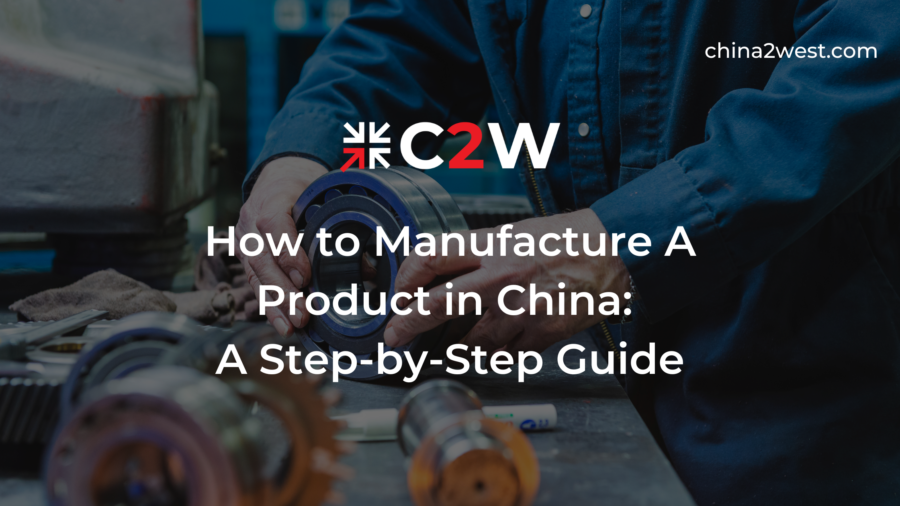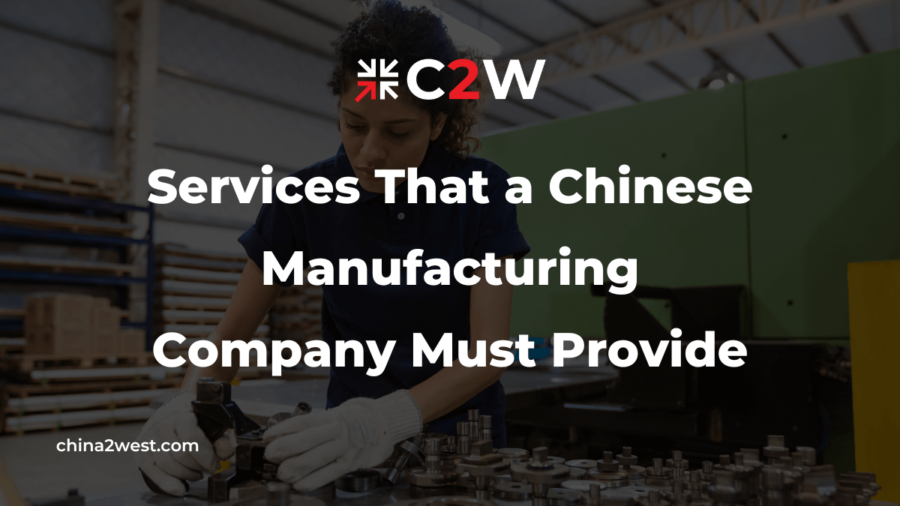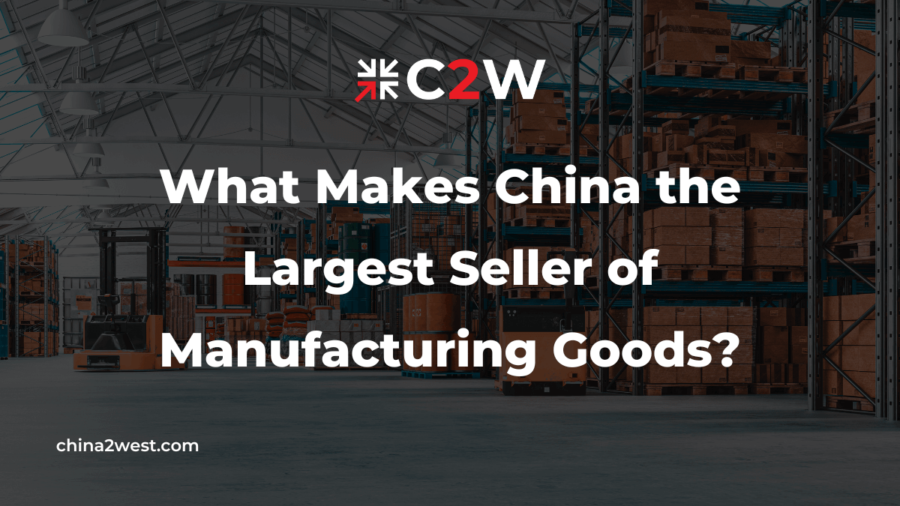Manufacturing your own product can seem like a daunting task if you’ve never done it before. Luckily, plenty of other entrepreneurs have gone this route before, and you can benefit through the wisdom they gleaned from their successes and their mistakes. This guide on how to manufacture a product in China will help you with everything from finding and validating your product idea to getting samples made to finally launching your product or service on the Chinese market – not just in China, but anywhere in the world!
Know what you product is and be specific
The first thing you need to do is know what your product is. If you’re making something for the first time, it might be easier to go through the process with a simpler item. Once you’ve come up with an idea, you’ll have to make sure it will be profitable. To do that, try listing out all of your expenses and then list all of your potential sources of income from your product. You’ll want this list so that when you decide where and how to produce your product, you’ll know how much profit it will make and if it’s worth doing.
You’ll also want an estimate on how many units of the product you would need in order for it to be profitable.
When looking for a manufacturer, be specific about your demand and use simple and plain language. You should also research every aspect of these companies by asking questions as follow. How long has your company been in business? or What is the average turnaround time? The more research you do, the better off you’ll be when trying to find success.
Also, prepare an NDA for those who you will have disclosed your product details to so your product secret will be compromised.
Narrow it down to 1 supplier
Picking the right supplier is an important decision that can have long lasting effects on your company. The main thing to look at is quality, cost and their reputation with other customers. One strategic step involved with manufacturing a product in China includes narrowing down your search criteria to one qualified supplier.
The key things you need to know when selecting a potential supplier are where they make it (location), how much it costs (price), if they provide after sale services (service) and if they deliver high quality products on time (quality). It’s also important to think about whether or not they offer after sale services as this could be very beneficial for your business later down the line.
Always ask for a sample of their previous projects. Ask them to send photos of the factories and warehouses so you can see where your product will be made. If possible, send someone you trust over there on your behalf, given the very restrictive access to China at this point, so you can get a better idea of what will happen during production. There are many factors to consider when deciding which supplier is best suited for your project; however, this list should help narrow down which suppliers may fit best with your needs and timeline.
Your research should also make reference to their past experience. Google them to see what will come up or just reach out to their past customers if possible. You want to ensure that their previous work has been successful in meeting deadlines and has a high rate of customer satisfaction. Having all these details before signing any contracts is imperative because it can save you from the headache of having no recourse if something goes wrong.
Negotiate prices and make your own MOQ
It is important to first establish your minimum order quantity before you start negotiating. If you’re going for something way too small for an order, maybe below 300 units, it’s possible that the factory won’t even be interested in your order.
The second step is to find out how much the factory would charge for each unit of your chosen MOQ (in USD). Once you have that price, calculate how much it would cost per unit if you ordered more than MOQ. This way, if you need to increase production later on because of higher demand for your product, you’ll know exactly how many units of each part are needed.
Finally, negotiate with the factory and make sure both parties are happy with their deal before finalizing things. After all, this is a partnership so treat it as such! But there’s nothing wrong with requesting discounts or offers from the factory as well. They might offer volume discounts if you buy enough pieces, which will save you money but still maintain your desired stock.
Product Development & Prototyping
Many manufacturers in China have their own product development team with designers and engineers that are fully capable of developing a marketable product. Working with them will allow you to tap into their expertise as well as access all sorts of machinery, raw materials and manufacturing resources.
If you don’t have your own team, it’s important that you choose a supplier with proven experience and expertise in manufacturing your specific product. Their design team should be highly skilled and capable of creating something that works well, is easy to assemble and is not only visually appealing but also easily distinguishable from other products on the market.
Always make sure the prototype is good enough for you before you proceed to mass production. Meanwhile, you need to check in with your manufacturer about their IP registration of your product. This is utmost important to protect your interest. The registration should be had with not only IP offices, but also with the Chinese customs.
Quality control while you wait
Quality control is important for any manufacturing process and should be taken into consideration throughout production. If you are manufacturing the product yourself or working with someone who manufactures products, then quality control should be discussed from the very beginning. You will need to have standards set for what is an acceptable defect rate, identify defective units, and get it back on track as quickly as possible.
After mass production, quality control is still not off the hook. The way it is packaged and shipped can make great impacts to the quality. Packaging and shipping engineers should work with your standards by designing packaging methods that do not allow for breakage during transport.
And don’t forget about logistics! Logistics specialists should work closely with manufacturers to ensure that all shipments arrive on time and without damage.
But after all, a right partner in manufacturing can relieve you from all the headaches that you might encounter. C2W has over 17 years of experience in manufacturing solutions with services covering every step of the way. Please feel free to contact us for a hassle-free manufacturing process.




